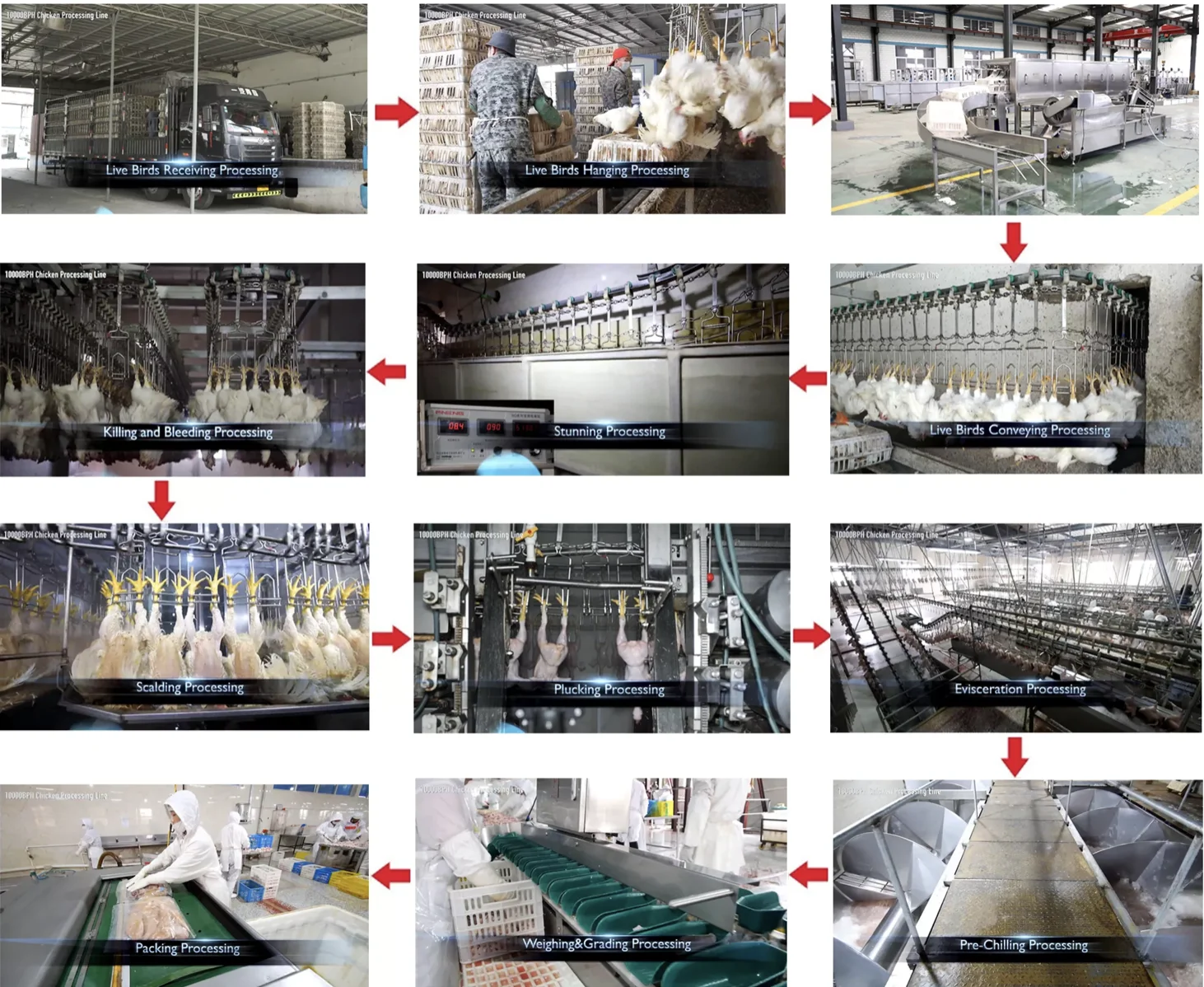animal feed pellet machine
Sep . 22, 2024 14:36 Back to list
animal feed pellet machine
Understanding Animal Feed Pellet Machines
Animal feed pellet machines have become an essential part of the modern agricultural landscape. These machines are designed to process a variety of raw materials into small, compressed pellets that provide nutritional sustenance for livestock. The importance of these machines cannot be overstated; they improve feed efficiency, reduce waste, and ensure that animals receive a balanced diet.
The operation of an animal feed pellet machine involves several critical steps. Initially, raw materials, which can include grains, legumes, vitamins, and minerals, are ground into a fine powder. This is crucial, as the size of the feed particles can significantly affect the pellet quality. Once the material is prepared, it is mixed thoroughly to ensure an even distribution of nutrients. This step often features the addition of moisture to facilitate the pelleting process.
After mixing, the material is fed into a pellet mill, where it is subjected to intense pressure and heat. The die and roller system within the machine compress the feed into small cylindrical shapes, creating pellets. The heat generated during this process aids in sterilizing the feed, eliminating harmful bacteria and pathogens that could jeopardize animal health. The ability to produce high-quality pellets is vital for maximizing feed conversion ratios and minimizing dietary waste.
animal feed pellet machine

One of the key advantages of using a feed pellet machine is the improved digestibility of the feed. Pelleting breaks down the feed particles, making nutrients more accessible to animals. This is particularly beneficial for young livestock, who can struggle to consume larger feed particles. Moreover, pelleted feed is less prone to spoilage and offers greater ease of storage and transport, contributing to overall farm efficiency.
In addition to standard formulations, animal feed pellet machines offer versatility in producing specialized feeds tailored to specific livestock needs. For instance, different formulations can be developed for poultry, cattle, pigs, or aquaculture, each requiring unique nutrient mixes based on their dietary requirements. As producers increasingly recognize the benefits of customized feeding strategies, the demand for adjustable and versatile pelleting machines continues to grow.
Environmental sustainability is also a pressing factor driving the adoption of animal feed pellet machines. By producing compact feed pellets, farmers can minimize waste and reduce their ecological footprint. Feed pellets that are efficiently consumed mean less leftover feed that may otherwise contribute to environmental degradation.
In conclusion, animal feed pellet machines are revolutionizing how farmers approach livestock nutrition. Their ability to produce high-quality, digestible, and tailored feed enhances animal performance and supports sustainable agriculture practices. As technology continues to evolve, these machines will likely become even more efficient and integral to feeding the world’s growing livestock population.
-
Hot Sale 24 & 18 Door Rabbit Cages - Premium Breeding Solutions
NewsJul.25,2025
-
Automatic Feeding Line System Pan Feeder Nipple Drinker - Anping County Yize Metal Products Co., Ltd.
NewsJul.21,2025
-
Automatic Feeding Line System Pan Feeder Nipple Drinker - Anping County Yize Metal Products Co., Ltd.
NewsJul.21,2025
-
Automatic Feeding Line System - Anping Yize | Precision & Nipple
NewsJul.21,2025
-
Automatic Feeding Line System - Anping Yize | Precision & Nipple
NewsJul.21,2025
-
Automatic Feeding Line System-Anping County Yize Metal Products Co., Ltd.|Efficient Feed Distribution&Customized Animal Farming Solutions
NewsJul.21,2025






